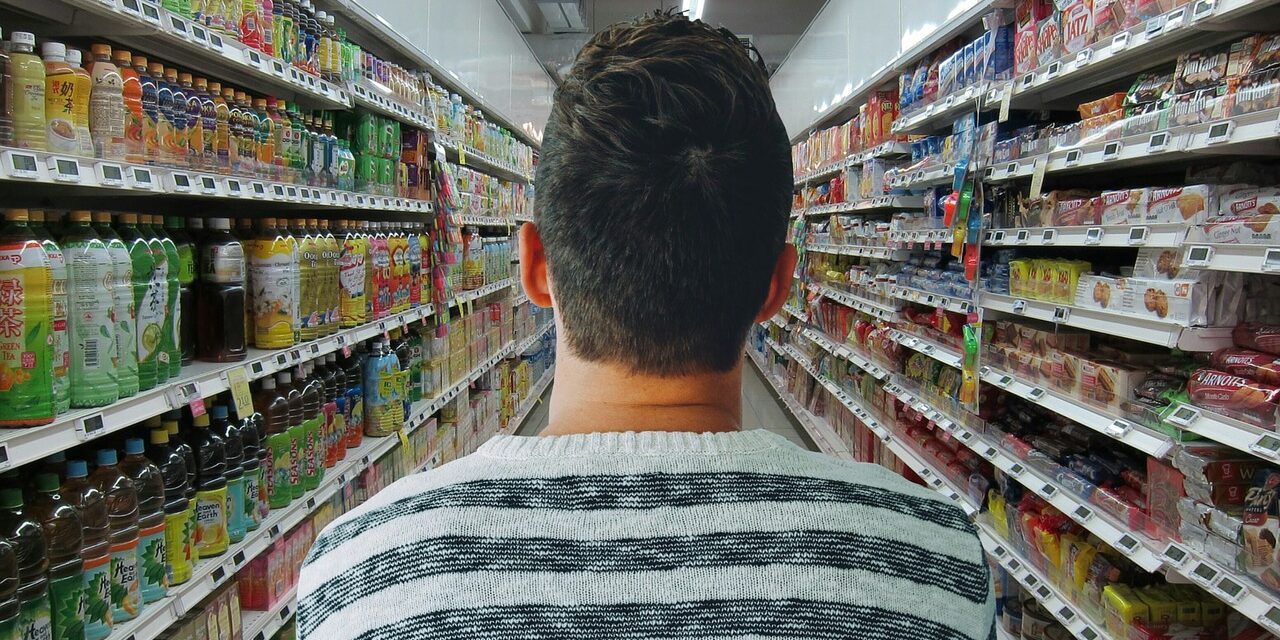Image by mohamed Hassan from Pixabay
In order for you to sell more products in stores, it’s important to get premium exposure.
It doesn’t matter whether your products provide the best product utility, or how affordable or innovative they are.
What matters most — two components
What does matter most is whether you get the premium spots on retail shelves.
There are two components to earn the top spot in retail stores: Package design and marketing.
In essence, you must grab the shoppers’ attention with appealing packaging and you must persuade retailers to effectively showcase your products.
Sales Success: Flawless ‘Brand Personality Appeal’ Is Vital
Many businesses start pitching retailers even as they’re in the package-developing process, but it’s not necessarily a critical first step.
Retail packaging
There are many aspects to successful retail packaging.
Customer preferences and retail-marketing best practices are ever changing. That’s why it’s best to choose a credible package design firm.
For example, decisions must be made on typical concerns:
- In some cases — product protection
- Brand identity
- Value proposition
- Competitive analysis
- Color scheme
- Target market
- Material cost
- Seasonality
- Sustainability
- Retailer packaging requirements
Marketing considerations
In marketing, you have to successfully negotiate with retailers and to convince them to give you premium shelf space.
Big box retailers are the hardest, time-consuming with which to negotiate.
Want to Sell Your Products in Big-Box Stores? 6 Vital Steps
Many companies start with small retailers for two reasons:
- Faster sales revenue.
- Once they develop a track record, it’s easier to persuade big retailers to carry their products.
Want to Win in a Negotiation? Implement These 7 Key Points
Other factors
Two other considerations: Co-branding and shelf rental in highly competitive environments.
To gain a competitive edge, co-branding is helpful if you’re a startup with limited financial resources.
Your odds for a successful negotiation will be aided if you partner with a brand that has a strong track record and impressive resources.
Finally, beware that many retailers want a shelf rental.
From the Coach’s Corner, here are more relevant selling tips:
Sales: Mastering and Influencing Consumers Post COVID-19 — To stay abreast of consumers and persuade them to buy, it’s important to take precautions to develop enough insights to accomplish your objectives. Here’s how.
Use Consumer Psychology to Attract Customers — In the selling process, you must be aware of micro-moments. That’s when emotional seeds are planted in the minds of consumers that motivate them to do something. Not to oversimplify, in essence, consumers have four micro-moments.
Psychological Pricing Tips to Sell More Products, Services — Depending on your products or services, psychological pricing is based on the idea that certain prices are more appealing. Here are six options.
Strategies – Beat Competitors by Telling Your Brand’s Story — Buying decisions are based on emotion. So, to engage your target audience, it’s in your best interest to start by effectively telling your brand’s story.
Responding and Capitalizing on Negative Online Reviews — While bad reviews are disconcerting, there is a silver lining. Why? Ironically, bad reviews can lead to positive results for your business success. Here’s how.
“How you sell is more important than what you sell.”
-Andy Paul
__________






